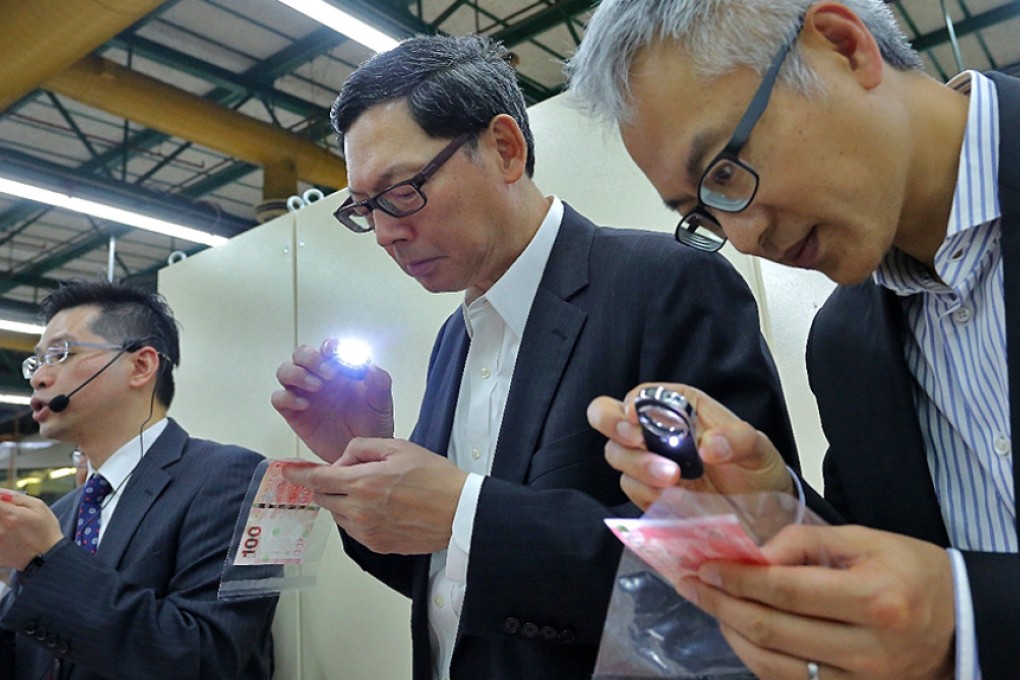Opinion | The Hong Kong dollar peg: the beautiful self-adjusting mechanism that was

HKMA sells HK$6.2b to maintain dollar peg
It's all getting to be rather routine, these announcements that the Hong Kong Monetary Authority has once again stepped into the market to stop the HK dollar from trading at stronger levels than HK$7.75 to the US dollar.
But while this does not impose a breaking strain on the peg to the US dollar, recent events point to conditions that no one had in mind when the peg was introduced in late 1983, and it cannot be an entirely comfortable environment for the HKMA.
The basic principle of the peg, a currency board exchange rate link, is really quite simple. It says that you pick an exchange rate to the US dollar, HK$7.80 in our case, and any time that someone wants Hong Kong dollars at that rate, you take his US dollars, stick them into the safe and print the equivalent of HK dollars for him, straight out of thin air.
When he then wants his US dollars again, you give them back to him for his HK dollars at that same HK$7.80 rate and you burn up those HK dollars. Remember the key element here - you print them out of thin air when people want them and you burn them back into thin air when people don't want them any longer.
